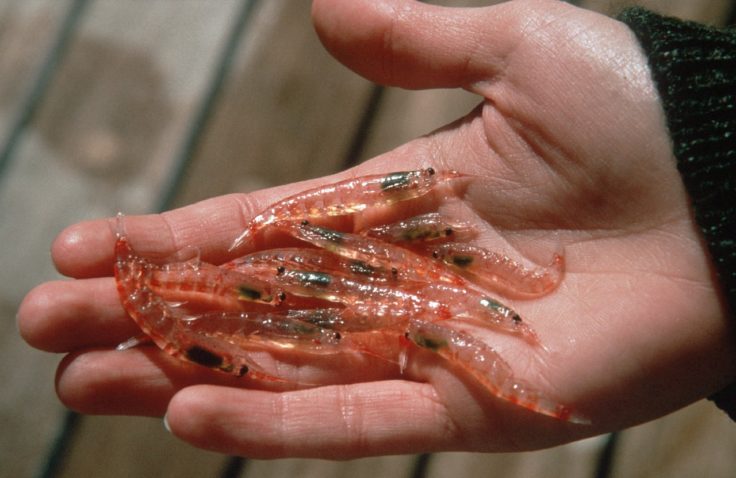A new multidisciplinary study led by scientists at British Antarctic Study (BAS) stresses the need for an integrated approach to understand the effects of climate change on Antarctic marine ecosystems. The paper is published this month in the journal Frontiers in Marine Science, and features as a research highlight in the journal Nature Climate Change.
Ecologists are referring more frequently to global climate models, including Intergovernmental Panel on Climate Change (IPCC-class) models, in an attempt to understand how climate change affects ecosystems, but drawing ecologically meaningful conclusions from them can be difficult. For instance, in relation to the Southern Ocean, global climate models generally do not sufficiently accurately represent ecologically-important features such as the marginal ice zone – the transition area between open ocean and sea ice – since it comprises a complex variety of different types of sea ice and is relatively small. However, it is vitally important as a habitat and a zone of high biological productivity.

Using Southern Ocean sea ice as an example, the authors, who comprise ecologists, biogeochemists, climate modellers and fishery scientists, embarked on a uniquely joint approach to explore how best to use climate model data for better ecological insights. Their analysis resulted in an improvement to the precision of projected future sea-ice distributions by approximately thirty percent.
Lead author, Dr Rachel Cavanagh, an ecologist at British Antarctic Survey, says:
“We looked at the 35 available IPCC-class models that contain sea ice and assessed them using ecological criteria. We found a sub-set of eight that reliably reproduced observed sea ice distribution and therefore resulted in a thirty percent improvement in their precision.
“By combining the efforts of the ecological and climate science communities, information from climate models can be more usefully applied, and future research priorities can be jointly determined and addressed. This is imperative if we are to improve how we understand, and manage, the wider implications of change in the Southern Ocean.”
Co-author, Professor Eugene Murphy, who heads the Ecosystems team at BAS adds:
“Sea ice is important to the Southern Ocean ecosystem, so if we can understand it better then we can say a lot more about how the ecosystem may be affected by future change.”
Co-author, Dr Tom Bracegirdle, a climate modeller at BAS says:
“From our perspective as climate modellers, improved understanding of the requirements of ecologists will help enable us to assist with the application of climate model output to ecological problems.”
A Synergistic Approach for Evaluating Climate Model Output for Ecological Applications is published in Frontiers in Marine Science by Cavanagh RD, Murphy EJ, Bracegirdle TJ, Turner J, Knowland CA, Corney SP, Smith WO, Waluda CM, Johnston NM, Bellerby RGJ, Constable AJ, Costa DP, Hofmann EE, Jackson JA, Staniland IJ, Wolf-Gladrow D, Xavier JC. (2017). doi:10.3389/fmars.2017.00308
This study was born from an international ICED (Integrating Climate and Ecosystem Dynamics) workshop on Southern Ocean change.
As the Intergovernmental Panel on Climate Change (IPCC) approaches its next Assessment Report (AR6) concern is growing about the impacts of climate change on marine ecosystems. The IPCC is the international body for assessing the science related to climate change. The IPCC was set up in 1988 by the World Meteorological Organization (WMO) and United Nations Environment Programme (UNEP) to provide policymakers with regular assessments of the scientific basis of climate change, its impacts and future risks, and options for adaptation and mitigation.
By “climate models” we refer to full complexity coupled atmosphere-ocean-sea ice- climate and earth system models. This type of model is a fundamental tool for quantifying how the environment may change in the future. Because of the complexity of many meteorological and oceanographic processes, these models require intensive computer processing power and are therefore run at only a few dozen climate research centres. They can be run with “pre-industrial” concentrations of greenhouse gases (GHG) before anthropogenic forcing is introduced (from mid-nineteenth century) to quantify the impacts of the known increase in greenhouse gas concentrations and the development of the ozone hole. In addition, possible trajectories of twenty-first century climate change can be derived from climate model simulations run under different (GHG) emission scenarios and recovery of stratospheric ozone amounts.
